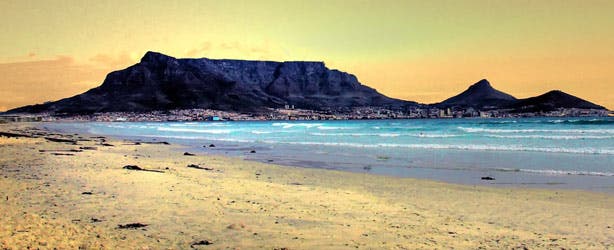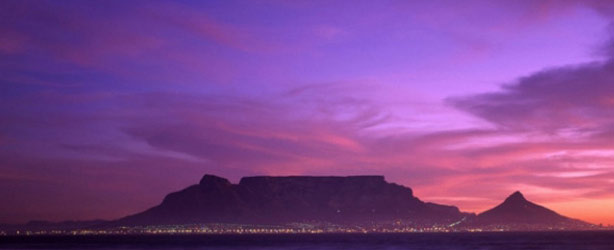Unpacked: Events, must-try activities and where to stay & eat


More Game at Gondwana Game Reserve
Cape buffalo and rhinoceros will be introduced later this year, followed by the rest of the Big Five before opening
Due to open on 1 November 2008, Gondwana Game Reserve has continued with the release of approximately an additional 500 head of game onto the 7 500ha reserve located in the Garden Route, 15km west of Mossel Bay.
41 Black Wildebeest were released onto the reserve on Sunday May 6 and 18 rare and endangered Cape Mountain Zebra were recently introduced as well.
The Black Wildebeest, also commonly known as the White Tailed Gnu, came from the Eastern Cape, as did the Cape Mountain Zebra.
Both species underwent a 'hard release' which means they were let go directly from the truck onto the Gondwana Game Reserve and were not kept in a boma or holding enclosure setup on either property.
They were caught, loaded, driven 550km and released all within seven hours reducing stress levels on the animals.
It is estimated that Gondwana Game Reserve will be able to sustain a total of 120 Black Wildebeest, of which 75 will be introduced this year.
Black Wildebeest naturally have a high reproductive rate and they should play a large role as a prey base for the lions anticipated to be released in the beginning of 2008.
Gondwana plans to introduce a total of 25 Cape Mountain Zebra into a protected walking area on the reserve free from predators, along with other endangered species such as the Bontebok.
The Cape Mountain Zebra is a true signature species as they are indigenous to the area and well suited to the terrain.
They can be differentiated from normal plain / Burchells Zebra by a small dewlap on the neck, the lack of a shadow stripe between the white and black stripes, the continuation of stripes all the way down its legs, a distinctly white belly, as well as larger ears.
Gondwana's diverse habitat is very suited for both these species. The Black Wildebeest are short grass grazers and prefer open grassy plains, whereas the Cape Mountain Zebra will forage in kloofs and thickets together with open plains.
Their hooves are smaller than other zebra, making them quite agile in mountainous terrain.
The Black Wildebeests' thick, dark coat insulates the animal better than its cousin the Blue Wildebeest making it well suited for the Western Cape/ Karoo climate.
The first young born from the wildlife introduced last winter have just been spotted on the reserve in the last few days. These species include Springbok, Eland, Red Hartebeest and Kudu.
In addition, the naturally occurring grey Rheebok have flourished in the larger reserve with over 100 currently residing on Gondwana. Cape Buffalo and Rhinoceros will be introduced later this year, followed by the rest of the Big Five before opening
Owners Mark and Wendy Rutherford together with hospitality developers Red Carpet Leisure envisage Gondwana to be the first truly authentic Big Five safari destination in the
Western Cape based on the size and carrying capacity of the reserve allowing for free ranging predators.
Gondwana's location against the backdrop of the OuteniquaMountains has a remote feel yet is easily accessible to the Garden Route's beaches and golf courses and is only 3.5 hours from Cape Town.
The terrain consists of open grasslands, undulating valleys and indigenous Fynbos not found anywhere else in the world.
A variety of flowers bloom throughout the year creating a continuously varying and striking landscape, attracting many endemic species such as the Cape Sugar Bird and Orange Breasted Sunbird.
Opening Date: 1 November 2008
Luxury accommodation will consist of 25 superior rooms and 10 deluxe suites overlooking two waterholes onto the Outeniqua Mountains.
Subscribe to our Editor’s picks Newsletter for more information on the opening of Gondwana Game Reserve, or find other Game Reserves in the Western Cape, on the Garden Route or Eastern Cape.







